We, at Healthark Insights have been actively tracking the innovations driving the future of health. In this knowledge series we plan to cover some of the key trends that are shaping the future of the healthcare industry, our perspective on the subject and trigger an interaction on this subject between you and us.
01. Digital Therapeutics
Digital Therapeutics is a buzz topic in healthcare these days, but what is Digital Therapeutics? We talk about how we define Digital Therapeutics, what is the scientific evidence that backs and defines a digital therapeutic, what are some of the key trends shaping the market, what is the regulatory diligence and evidence required to create a digital therapeutic, what is the value that it will deliver and how will it play a force multiplier role in making healthcare more accessible.
02. Synthetic Control Arms
Synthetic control arms enable using historical data from clinical records in a scientific, ethically, and regulatory compliant manner to use within clinical trials instead of a traditional control or placebo arm. This enables overcome a lot of ethical, cost and efficiency barriers to bring new treatments to markets faster and benefit patients in terms of improving care. We now have a lot of precedents of these arms creating a difference and being accepted by the regulators. Learn about what are some of the data and technology trends that is making this possible today, and how to benefit the most from the same.
03. Digital Twins
What is a Digital Twin within healthcare and life sciences context? It is a digital copy of a physical self of anything – human body, a specific organ, a medical device, or a healthcare system. With advanced data capturing, tracking and analytical capabilities available at disposal, the level of analysis that is possible and possibilities that it opens are at a new level and a distinct reality. We talk about the different types of data available including IOT data, sensors, imaging, genomics, biochemistry, cameras, etc. and how this enables different types of advanced analytics through a digital twin.
04. Artificial Intelligence
We discuss this high intensity debate by breaking it into parts around how medicine is practiced today at various stages including screening, diagnosis, treatment and monitoring, and what is the potential role that AI can play at each stage. We discuss the various AI use cases that are mature and more ready for prime time today. We also talk about some of the practical aspects of implementing AI in healthcare, as well as ethical considerations while leveraging AI.
05. Virtual Clinical Trials
What are virtual trials or decentralized trials or digital trials? These are trials where physical site is not a barrier to monitoring and engaging a patient and collecting data. Now these trials involve touchpoints outside the strict confines of physical sites where they would otherwise meet the physicians, and hence the scope of what information can be collected is immense.
06. Blockchain in Healthcare
With the emergence of cryptocurrency, blockchain is a topic of hot discussion within healthcare as well. What are the applications of blockchain in healthcare? What role does blockchain have in terms of sharing information and medical records across hospitals, providers and clinical researchers. What value does blockchain bring in terms of data integrity, traceability and governance through a shared ledger structure within healthcare.
07. Miniaturization in Medical Devices
While one major aspect of miniaturization in electronics is the ever-shrinking size of components and integrated circuit (IC) packages, there are several technologies and techniques at work. Within this video we discuss some of the key trends that we have been observing in this segment, the value it brings to the patients and what does the future hold for us in terms of medical devices.
08. Convergence in Healthcare
What is Convergence in Healthcare? We are seeing a recent trend driven by advent of cloud and other communication technologies where all systems start becoming one and seamless. What this means is that the patients phone connects back to the physician, the physician phone connects to the healthcare records, and they in turn connect with various diagnostic and other treatment devices. This improves further by connect with financial and insurance systems.
